Stibnite
Stibnite is a mineral composed of antimony sulfide. It is a soft, grey mineral that occurs in long, slender prismatic crystals that have a distinct metallic luster.
It is primarily used as an ore of Antimony, which is used for various industrial applications.
Showing all 5 results
-
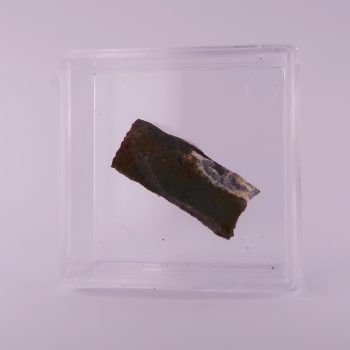
Ferristrunzite and stibnite from Ramsbeck, Germany
£10.00 -
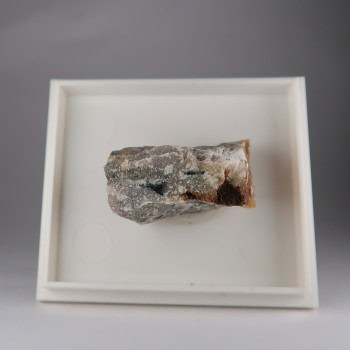
Meta-Stibnite after Berthierite from Gründenwald, Germany
£20.00 -
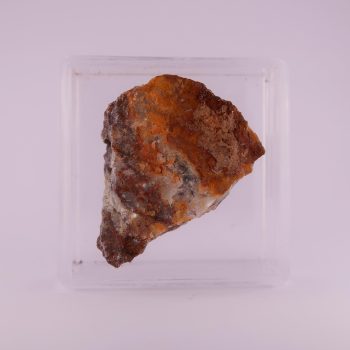
Stibnite from Jindřichov, Czech Republic
£10.00 -
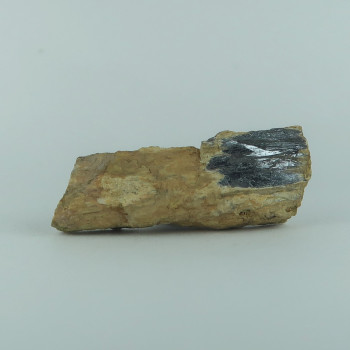
Stibnite from Nazarena Mine, Spain
£6.00 -
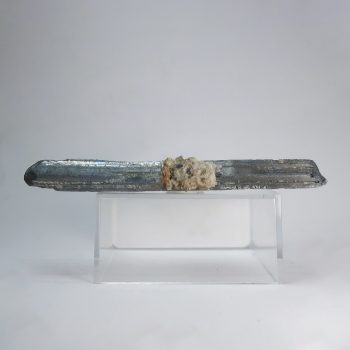
Stibnite mineral specimens
Price range: £2.00 through £35.00
Information about Stibnite
Appearance
A metallic, lead-grey coloured crystalline mineral with radiating, striated crystals. Very brittle but can form unusually complex, almost alien formations.
Uses and History
Stibnite is the most important ore for the metalloid element Antimony (Sb). Its name is derived from the Latin ‘stibium’.
Antimony trisulfide is used in pyrotechnics and in modern safety matches. It was historically used for photographers ‘flash powder’ but was too toxic for this use.
Stibnite has been found in makeup and cosmetics dating back to around 3000 BC; it is called ‘kohl’ when used in this purpose.
It appears to have been used in medicines as well, mentioned as an eye cleanser in the Sunan Abi Dawood.
Locales
Stibnite occurs all over the world, and crystalline specimens can be found in many countries.
However, there are a number of locales producing excellent specimens, and I’ve seen many nice pieces from Romania, Slovakia, and China.
Mineralogy
Hazards and Warnings
Antimony can be toxic, especially when airborne. Wash hands after handling.
Mineral collectors should wash their hands after handling specimens, to avoid any exposure to potential toxins.
Almost all rocks, minerals (and, frankly, almost all other substances on earth) can produce toxic dust when cutting, which can cause serious respiratory conditions including silicosis.
When cutting or polishing rocks, minerals, shells, etc, all work should be done wet to minimise the dust, and a suitable respirator or extraction system should be used.
Translations
Arabic:
- كبريتيد الأنتيمون
Hindi:
- स्टिबनाइट
Portuguese:
- estibnita
Bengali:
Indonesian:
Punjabi:
English:
- stibnite
Italian:
Russian:
- антимонит
French:
Japanese:
- 輝安鉱
Spanish:
- estibina
German:
- Stibnit
Korean:
- 스티브나이트
Thai:
Gujurati:
- स्टिबनाइट
Mandarin Chinese:
- 輝銻礦
Urdu:
Further Reading / External Links
- https://en.wikipedia.org/wiki/Stibnite
- https://gem-a.com/understanding-stibnite-antimony-minerals/
- https://www.mindat.org/min-3782.html
